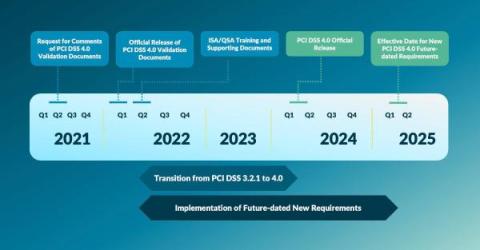Unlocking the Power of AI in Cybersecurity: Key Takeaways from the HMS Belfast Breakfast Briefing
In the rapidly evolving landscape of technology, the fusion of Artificial Intelligence (AI) and cybersecurity is creating both exciting opportunities and formidable challenges. The recent breakfast briefing on the historic HMS Belfast served as a critical forum for industry leaders to explore these issues in depth.










